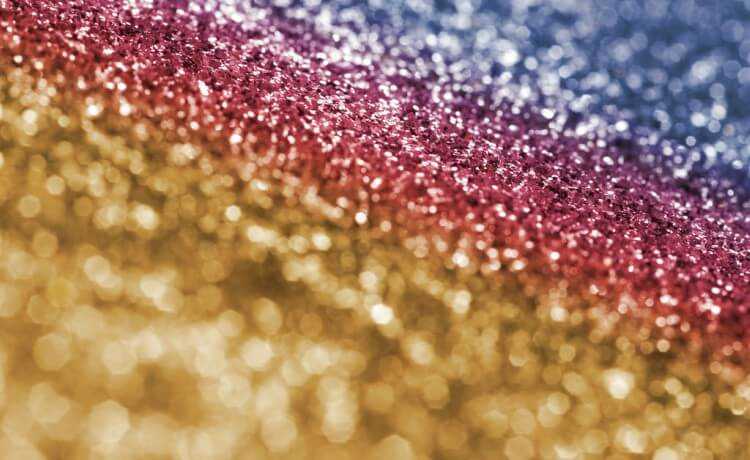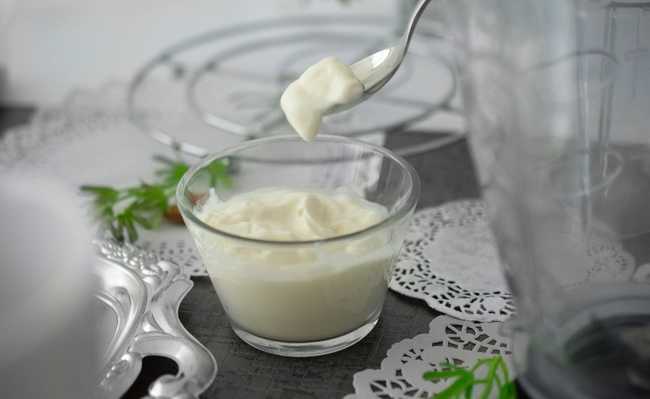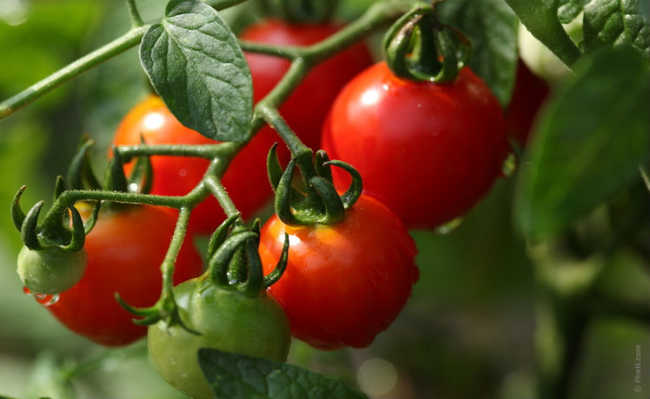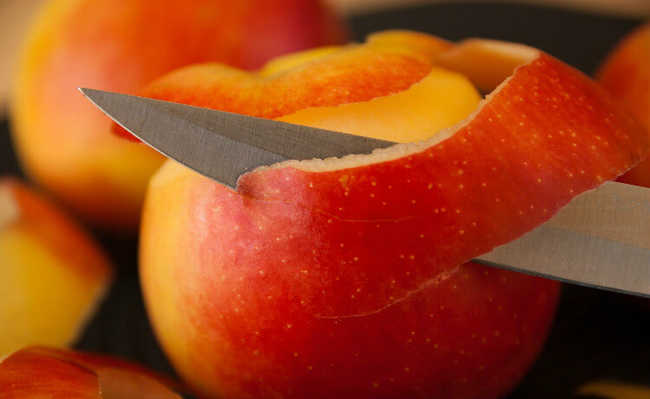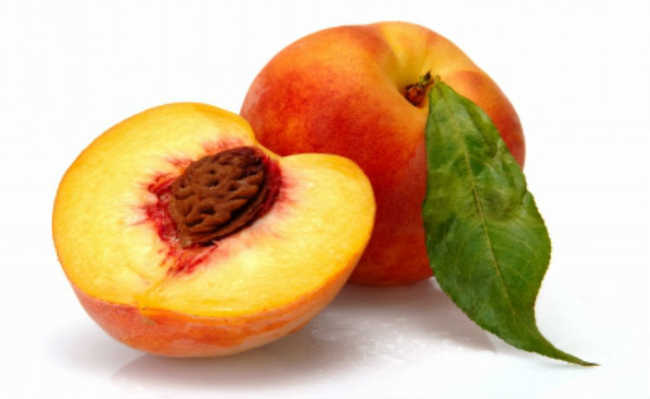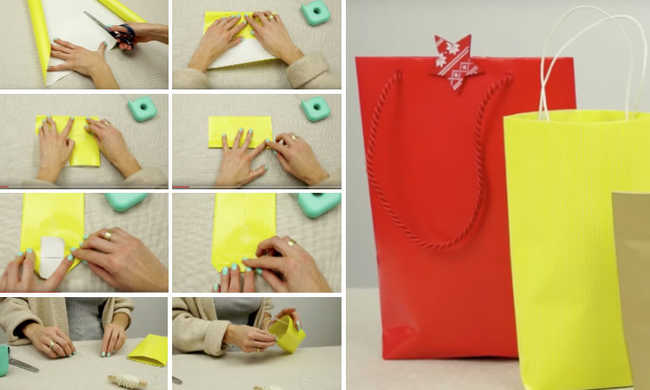Plastic straw: impacts and alternatives to consumption
Check out a list of nine tips to reduce the environmental impacts caused by using a plastic straw

Matthew Buchanan image by Unsplash
Straws have been used since ancient times, but the evolution to plastic models was a terrible option, as it brought significant environmental consequences. Check out alternative models and attitudes you can adopt to avoid the environmental impact of plastic straws.
- Understand the environmental impact of plastic waste on the food chain
- Know the types of plastic
History of using the straw
The first straws date back to 3000 BC. They were made by the Sumerians to avoid the solid by-products of beer fermentation, which were left in the bottom of the glass. The straw was basically a gold tube decorated with blue precious stones, reminiscent of the chimarrão and tererê bomb used by the gauchos.
In 1800, the straw (or rye) straw became popular because it was cheap and soft. The downside is that it dissolves easily on contact with water and gives all drinks a rye flavor. To solve this problem, the paper straw appeared, which, in 1888, was adapted and patented by Marvin C. Stone. With the invention of plastic, straws started to be made on a large scale with this type of material.
Environmental impact of using plastic straws
The plastic straw represents 4% of all plastic waste in the world and, as it is made of polypropylene and polystyrene (plastics), it is not biodegradable and can take up to a thousand years to decompose in the environment!
The production of plastic straws contributes to the consumption of oil, a non-renewable source; and its usage time is very short - about four minutes. But what is four minutes for us is equivalent to hundreds of years of pollution for the environment.
If we use six millimeter diameter straws as an example, the volume occupied by the total used by Brazilians in a year is equivalent to a cube with a 165 meter edge, 50 meters taller than the Copan building in São Paulo.
If we stack the straws consumed by Brazilians in a year on a 2.10 meter high wall, it would be possible to go around the Earth completely, in a line over 45,000 kilometers wide!

sergio souza image by Unsplash
Present on beaches, the plastic straw is also a source of microplastic formation, the most harmful form of plastic, which is already present in food, salt, organisms and even drinking water worldwide.
And it's no use using the plastic straw, throwing it in the trash and thinking that everything is fine. Even if properly disposed of and taken to legal landfills, a straw can escape by the action of the wind (mainly because it is light) and be carried by rain to seas and rivers, impacting all aquatic fauna. It is estimated that 90% of marine species have ingested plastic products at some point.
- There are microplastics in salt, food, air and water
- The danger of microplastics in exfoliants
- What is the origin of the plastic that pollutes the oceans?
- Researchers remove plastic straw stuck in turtle nostrils. watch
- Whales and dolphins suffer from excess plastic waste in the ocean
- Marine pollution causes tumors in turtles
Alternatives to plastic straw
1. Bamboo straw

Louis Hansel image by Unsplash
Bamboo straw is an advantageous alternative, as it comes from a renewable source (bamboo). It is reusable, washable, natural and lightweight.
2. Silicone straw
Despite being more durable than the plastic straw, the silicone straw is not recyclable and, one day, due to wear and tear, it will need to be discarded, becoming a form of pollution.
3. Paper straws

Danielle MacInnes image by Unsplash
Paper straws are less harmful alternatives than plastic straws as they biodegrade more easily. However, even if they are biodegradable, paper straws also use natural resources for their production and, as they are designed to be disposable, after use they end up being a source of pollution until their complete biodegradation.
4. Straw straw
Much like the rye straw, the straw straw, inspired by the old models, is a replacement for the plastic straw and is very environmentally friendly. Straw straw is a healthy option for the body (especially if it is organic straw), light (easy to carry) and biodegradable.
5. Metal straw

Beegreen Image/Disclosure
Despite being less light than straw, bamboo and paper straws, metal straws can be taken anywhere. They can be made from stainless steel, surgical steel and aluminum. This type of straw can be purchased in sets and comes with built-in cleaners. They are non-toxic and there are many designs and sizes in the metallic style.
6. Glass straw

Giorgio Trovato image by Unsplash
Okay, now you can drink your coconut water guilt-free! After all, despite not being biodegradable, the glass straw is recyclable, portable, durable and, on top of that, elegant.
7. Chimarrão bomb

Antonio Werner image by Unsplash
For those who already have a chimarrão pump at home and have never thought of using it as an alternative to a plastic straw, you can start using it from now on. Some chimarrão pumps (or tererê, in the cold version) have screw-on bombillas (metallic strainer in the shape of a spoon, with small holes to filter the grass), which means that you can switch their use between pump and straw, as needed. . Some come with a built-in cleaner for easy cleaning, but you can also purchase the cleaner separately.
8. Use only the cup
With the exception of people who have a disease that prevents them from eating with cutlery and hygiene issues (taking it in an unsanitary tin, for example), the straw is not necessary. So how about using the good old cup? But it cannot be disposable!
9. Dispose correctly
Not everything in life goes as planned. Often the use of a straw ends up being compulsory. Sometimes, even if you tell the waiter you don't want a plastic straw, your juice ends up with one — which is why many cities are passing laws that ban the use of plastic straws.
But, if your city still allows the material and your drink came with one of these straws, keep it for proper disposal, increasing the chances of it being recycled. Check which recycling stations are closest to your home on the free search engines at eCycle portal. Lighten your footprint and contribute to the circular economy of plastic.
- New Plastics Economy: the initiative that rethinks the future of plastics
To learn how to reduce your plastic waste production, take a look at the article "How to reduce plastic waste in the world? Check out essential tips".

